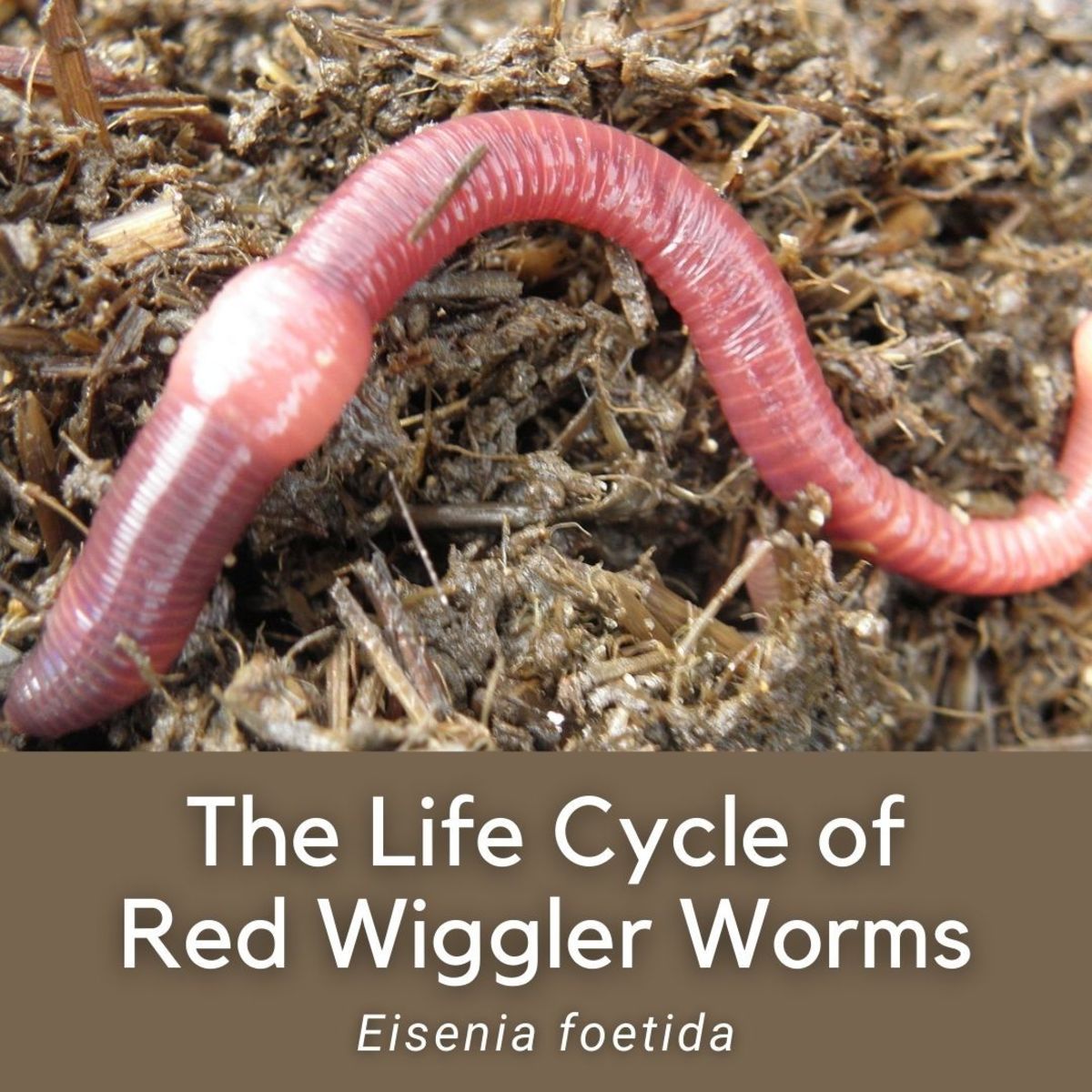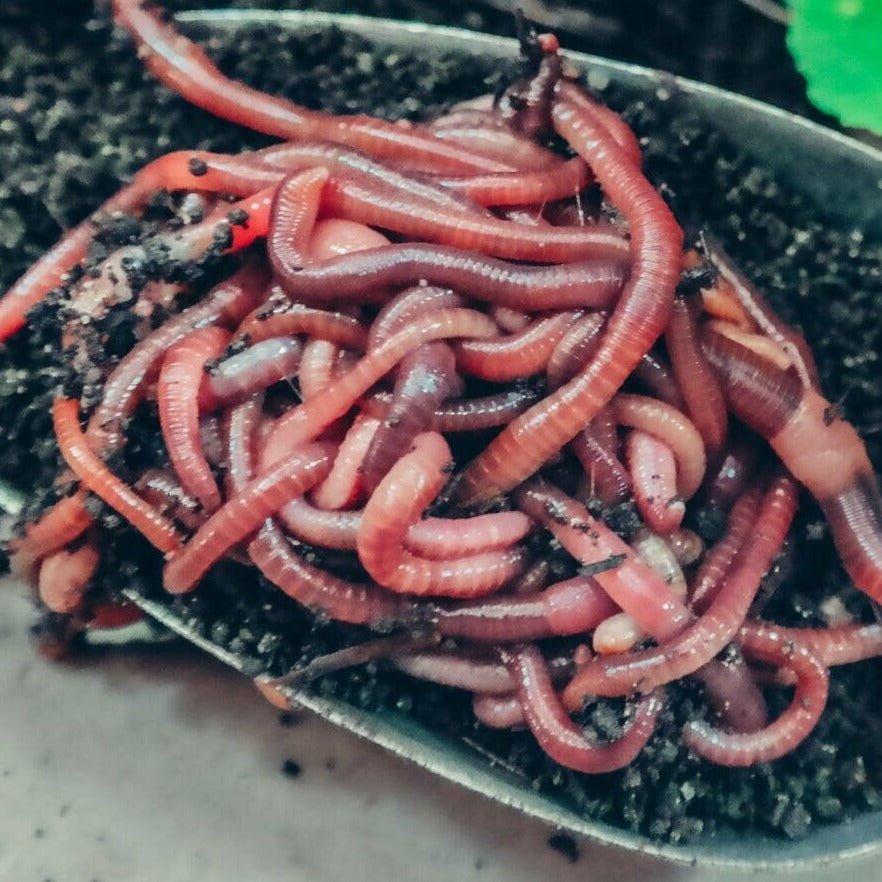Red Wiggler Worms available - Lasting Waste Administration Remedy
Maximizing the Perks of Red Wiggler Worms: A Comprehensive Guidebook for Home Gardeners and Urban Farmers
In the world of lasting horticulture techniques, red wiggler worms stand as unhonored heroes, silently changing organic waste into nutrient-rich spreadings that can function wonders for soil health and wellness. As home garden enthusiasts and urban farmers progressively look for economical and ecologically friendly methods to boost their gardens, the possible advantages of using the power of red wigglers can not be overstated. From decreasing cooking area waste to cultivating healthier plants, the use of these humble animals supplies a variety of benefits. By discovering the ins and outs of exactly how to successfully look after and optimize the advantages of red wiggler worms, individuals can open a wide range of chances for enhancing the sustainability and efficiency of their gardening undertakings.
Understanding Red Wiggler Worms
Red Wiggler worms, renowned for their efficient composting abilities, are a varieties of earthworms widely made use of in vermiculture methods. These worms, clinically referred to as Eisenia fetida, grow in rotting natural product, making them ideal prospects for composting (Red Wiggler Worms). Red Wigglers are voracious eaters, with the ability of eating their own weight in organic waste daily. Their digestive process breaks down raw material right into nutrient-rich spreadings, which are a useful source for enhancing dirt and promoting plant development.
One secret attribute of Red Wiggler worms is their reproductive price. These hermaphroditic creatures have both women and male reproductive organs, allowing them to replicate swiftly under beneficial problems. A mature Red Wiggler can generate multiple children in a brief duration, guaranteeing a consistent populace within a composting system.

Setting Up a Worm Container
When establishing a worm bin for vermiculture objectives, proper prep work and interest to detail are crucial for creating a conducive environment for Red Wiggler worms,. Begin by selecting an appropriate container for your worm container. This can be a plastic or wood container with a lid to keep moisture levels and shield the worms from light. Make sure that the bin has water drainage holes near the bottom to stop waterlogging.

Location the worm container in an awesome, dark place far from direct sunlight and extreme temperatures. Consistently keep track of the moisture levels, including water if the bed linens feels flaky or completely dry. Feed the worms a balanced diet plan of fruit and vegetable scraps, staying clear of citrus fruits, onions, and spicy foods. By adhering to these actions, you can set up a growing worm bin that will successfully process natural waste into nutrient-rich vermicompost for your yard.
Feeding and Preserving Worms
Making certain a balanced and nourishing diet plan is vital for the wellness and performance of Red Wiggler worms in a vermiculture system. It is vital to stay clear of feeding them citrus fruits, onions, garlic, milk items, meat, and oily foods as these can be unsafe to the worms or cause official site unpleasant smells in the container.
Appropriate wetness degrees are likewise essential for the health of Red Wiggler worms. The bed linens must really feel like a wet sponge, giving adequate dampness for the worms to breathe with their skin. Frequently check the moisture degrees and readjust by including water or completely dry bed linen material as required. Additionally, keeping appropriate temperature conditions between 55-77 ° F(13-25 ° C )will certainly make certain ideal worm activity and reproduction. By diligently checking their diet plan, moisture, and environmental problems, home garden enthusiasts and metropolitan farmers can maintain a healthy and balanced and efficient Red Wiggler worm population for composting purposes.
Collecting Worm Castings
To efficiently remove nutrient-rich worm spreadings from the vermicompost, an organized harvesting process is important for making best use of the composting benefits. Red Wiggler Worms. The initial step in collecting worm spreadings is to encourage the worms to move to one side of the container. This can be achieved by positioning fresh food scraps on one side and leaving the opposite side uninterrupted for a couple of days. When the bulk of worms have dodged with fresh food, the spreadings can be collected from the contrary side.
After the spreadings have been collected, it is essential to divide any type of remaining worms from the castings to prevent damaging them throughout storage or application. One reliable method is to produce cone-shaped heaps of castings under intense light. Worms will instinctively move far from the light, permitting simple splitting up and removal.
Finally, the harvested worm spreadings need to be kept in an amazing, dark, and dry place to preserve their top quality and effectiveness as a nutrient-rich dirt modification. By adhering to these steps, home gardeners and urban farmers can make best use of the advantages of red wiggler worms in their vermicomposting systems.
Making Use Of Worm Castings in Horticulture
The unification of nutrient-rich worm spreadings right into yard dirt can dramatically boost plant development and general dirt health and wellness. Worm spreadings, likewise understood as vermicast, are a natural plant food generated by red wiggler worms as they damage down natural matter. These castings are abundant in important nutrients like nitrogen, phosphorus, potassium, and useful microorganisms that promote plant development and boost soil structure.
When utilizing worm spreadings in horticulture, it is vital to blend them extensively into the soil or use them as a leading dressing around plants. The slow-release nature of worm castings makes certain a steady supply of nutrients to this contact form plants over time, reducing the threat of nutrient leaching and advertising long-lasting soil fertility. In addition, worm spreadings assist improve dirt aeration, water retention, and microbial task, creating a healthy setting for plant roots to prosper.

Final Thought
To conclude, the utilization of red wiggler worms in home horticulture and city farming can considerably profit dirt health and wellness and plant development. By understanding exactly how to establish and keep a worm bin, feed the worms appropriately, and collect their nutrient-rich spreadings, gardeners can maximize the benefits of these earthworms. Including worm castings into gardening methods can boost dirt fertility and total plant productivity. Generally, red wiggler worms use a effective and sustainable remedy for improving garden and farm yields.
In the world of sustainable horticulture methods, red wiggler worms stand as unsung heroes, quietly changing natural waste right into nutrient-rich castings that can work wonders for soil health.When establishing a worm container for vermiculture objectives, correct prep work and attention to detail are important for creating a conducive setting for Red Wiggler worms. The go to website first step in harvesting worm spreadings is to encourage the worms to migrate to one side of the bin. Worm spreadings, additionally recognized as vermicast, are an all-natural plant food generated by red wiggler worms as they damage down organic matter. By recognizing exactly how to establish up and maintain a worm bin, feed the worms correctly, and harvest their nutrient-rich spreadings, garden enthusiasts can take full advantage of the advantages of these earthworms.